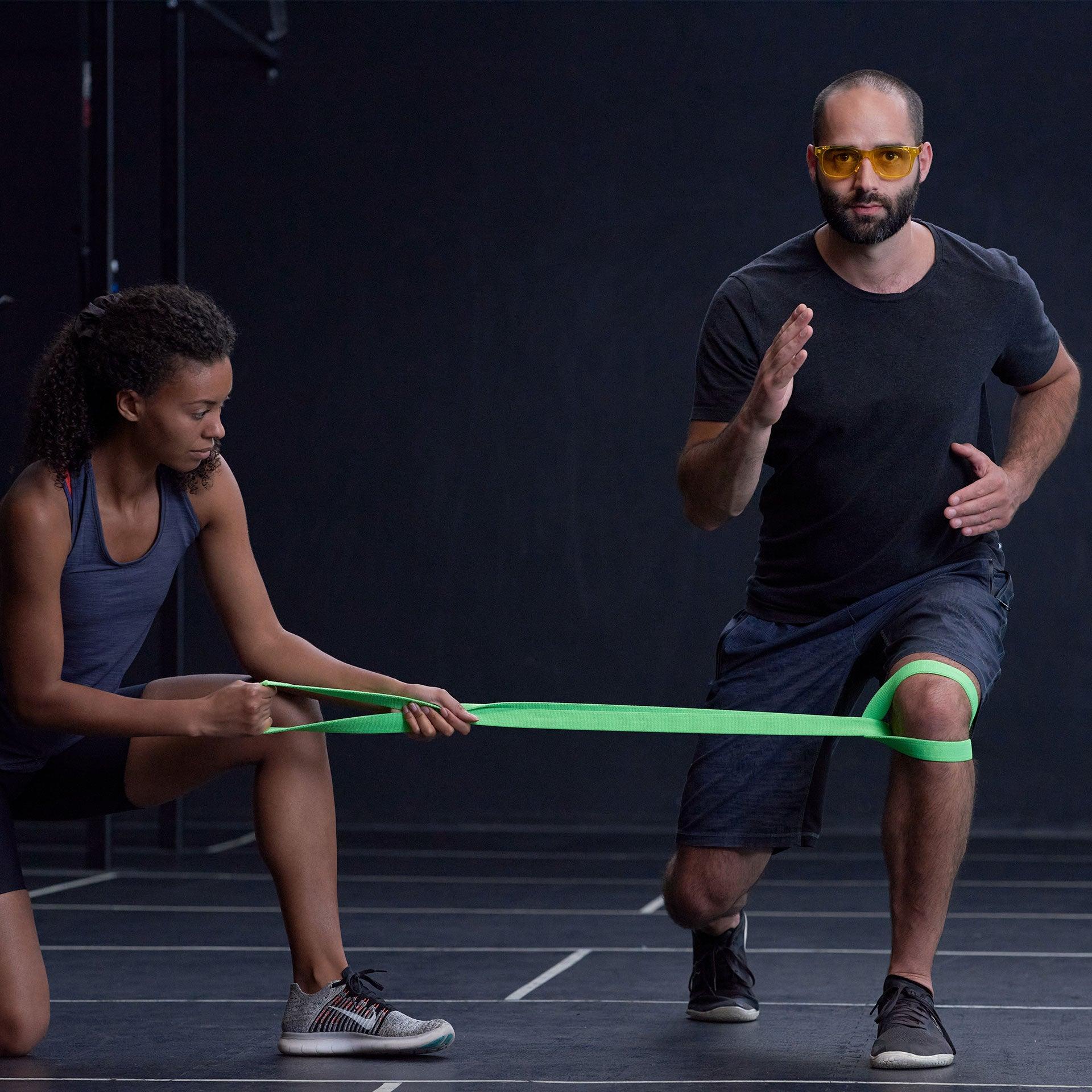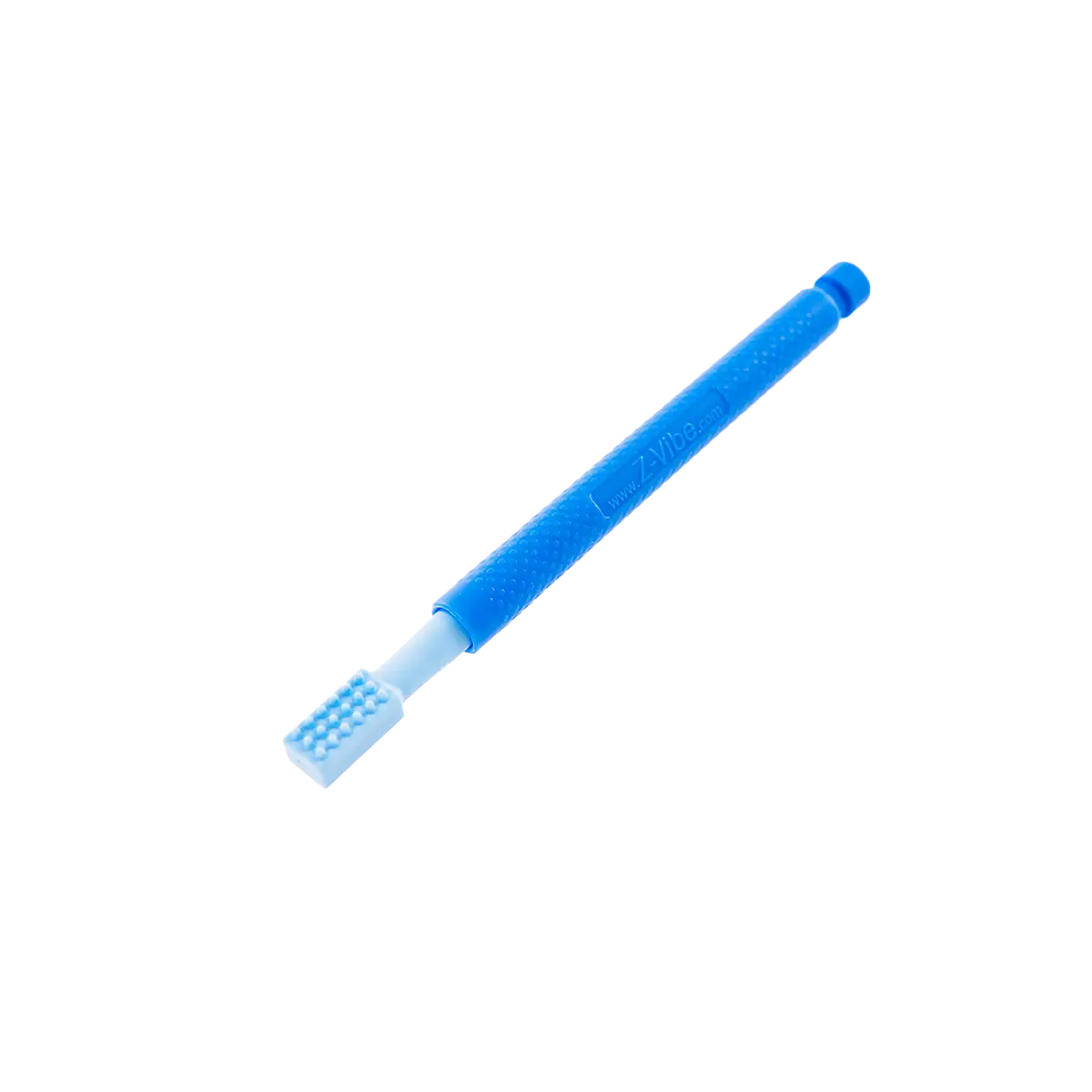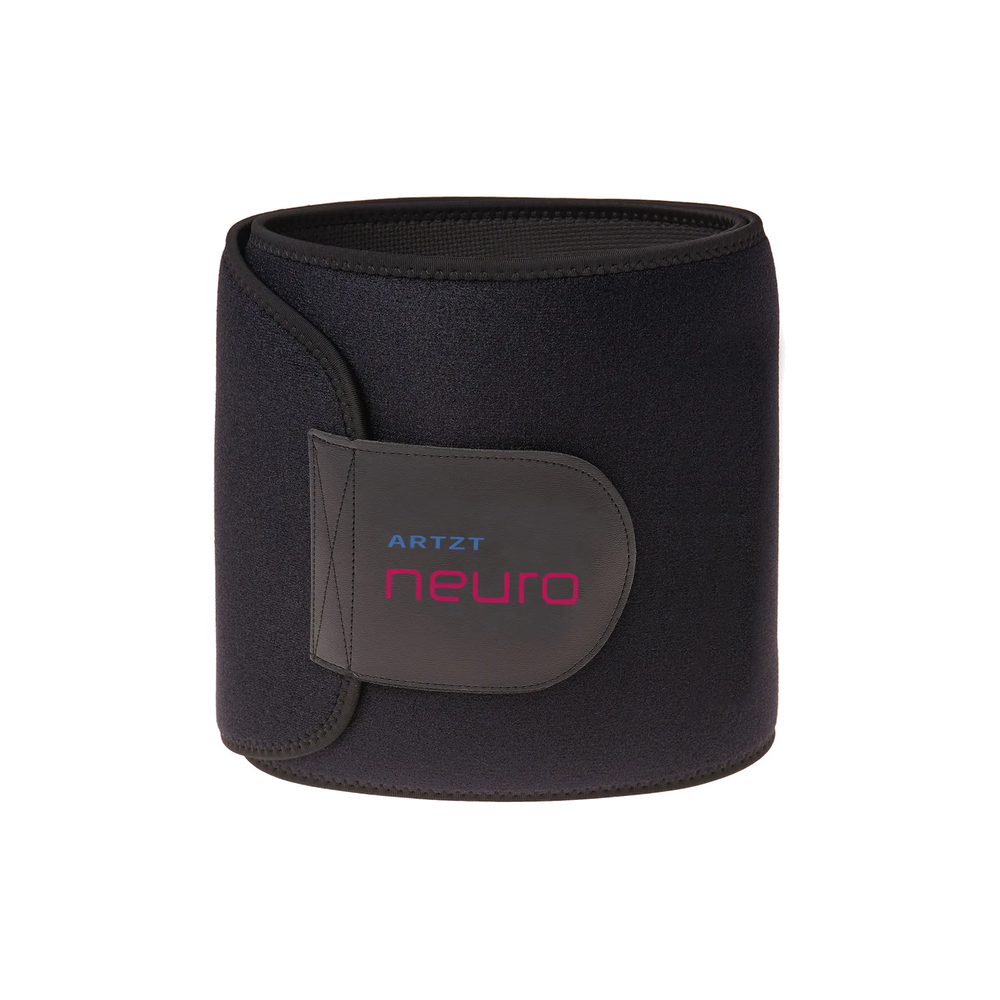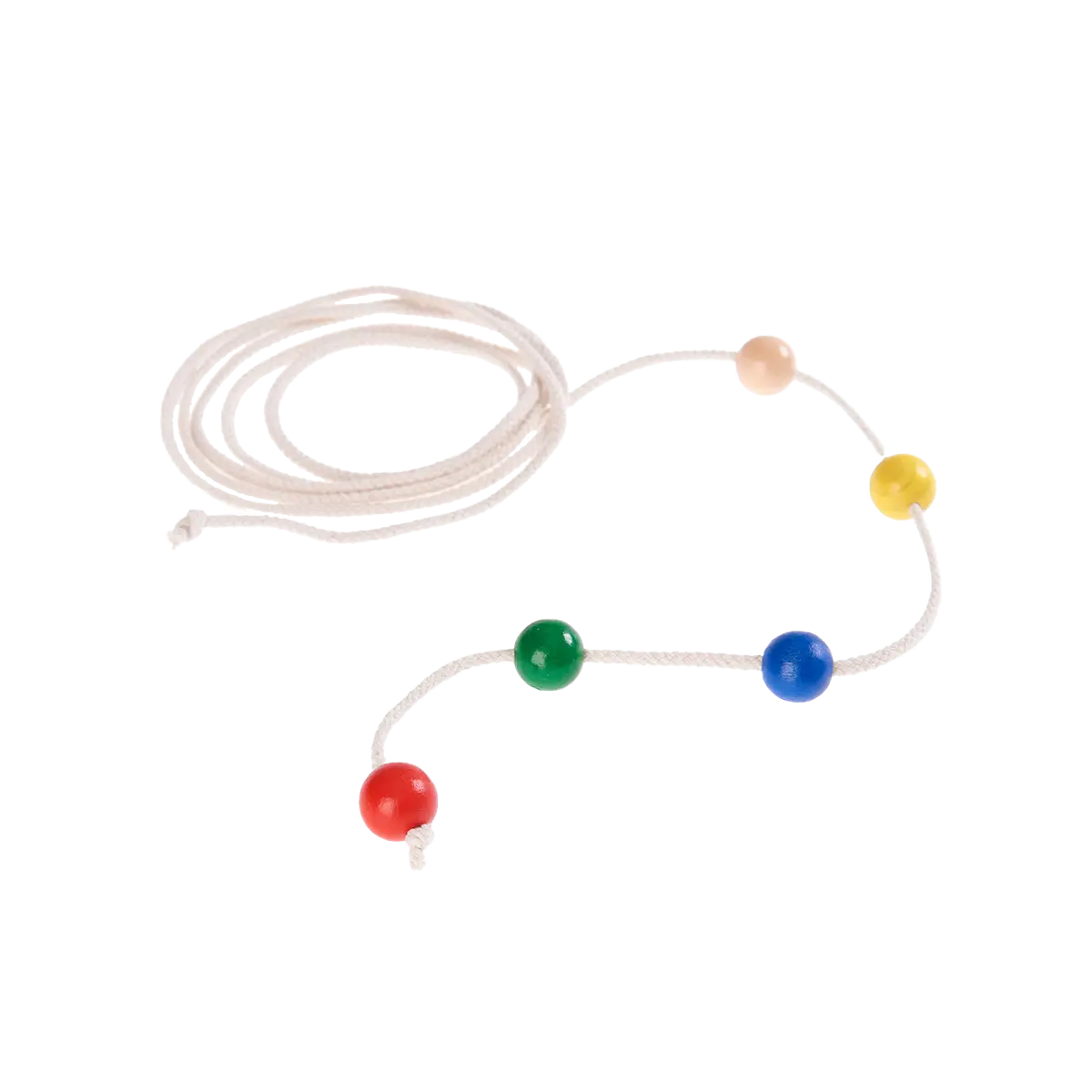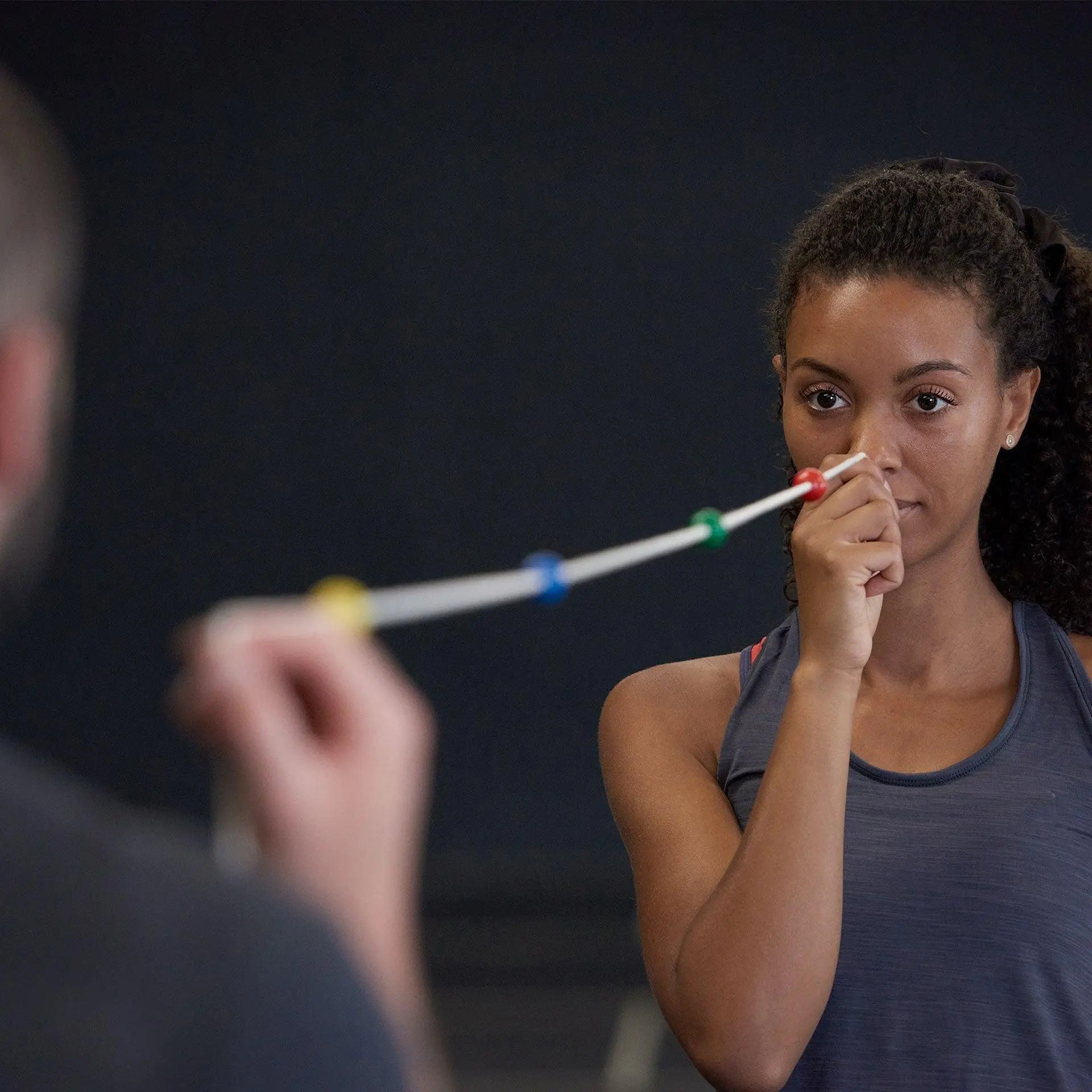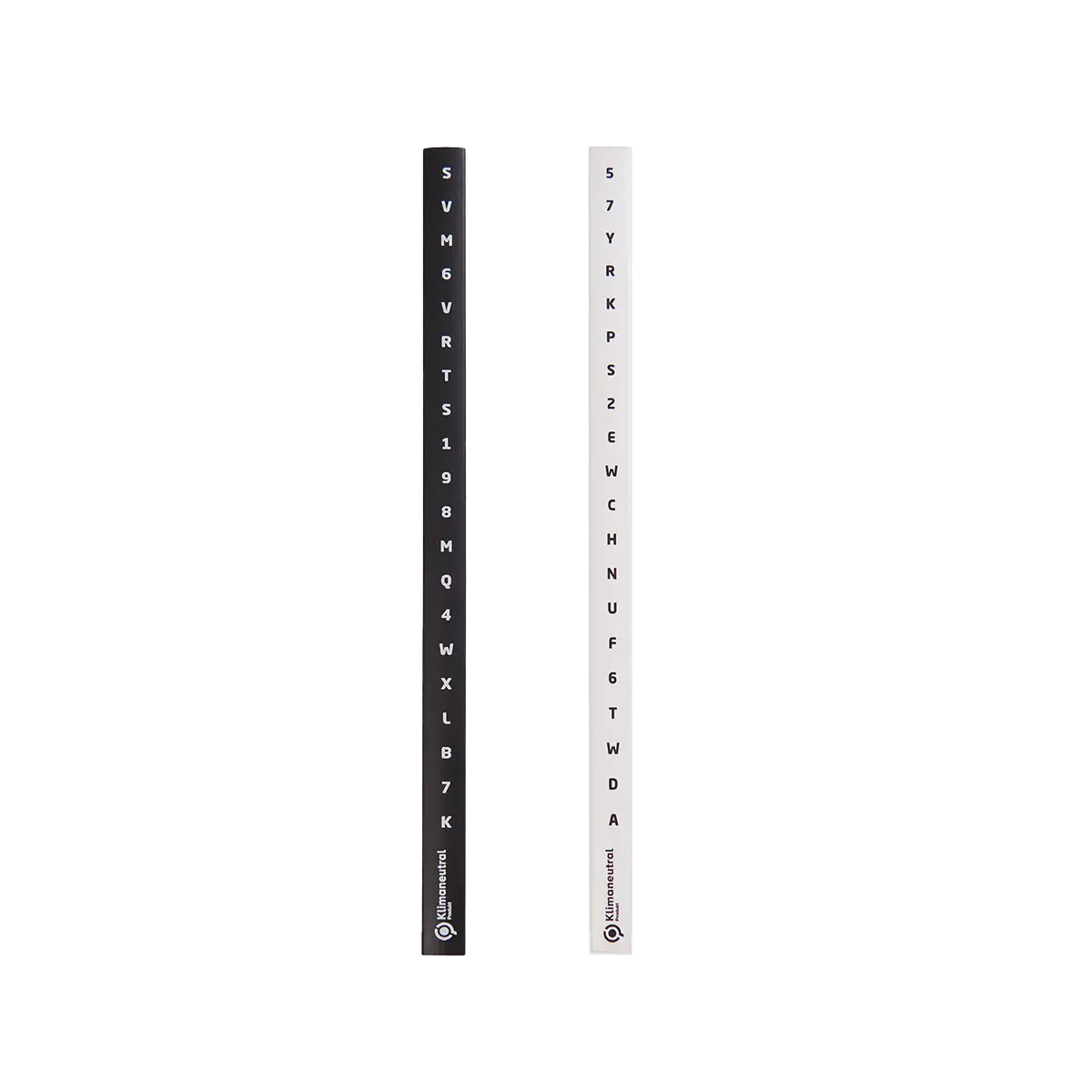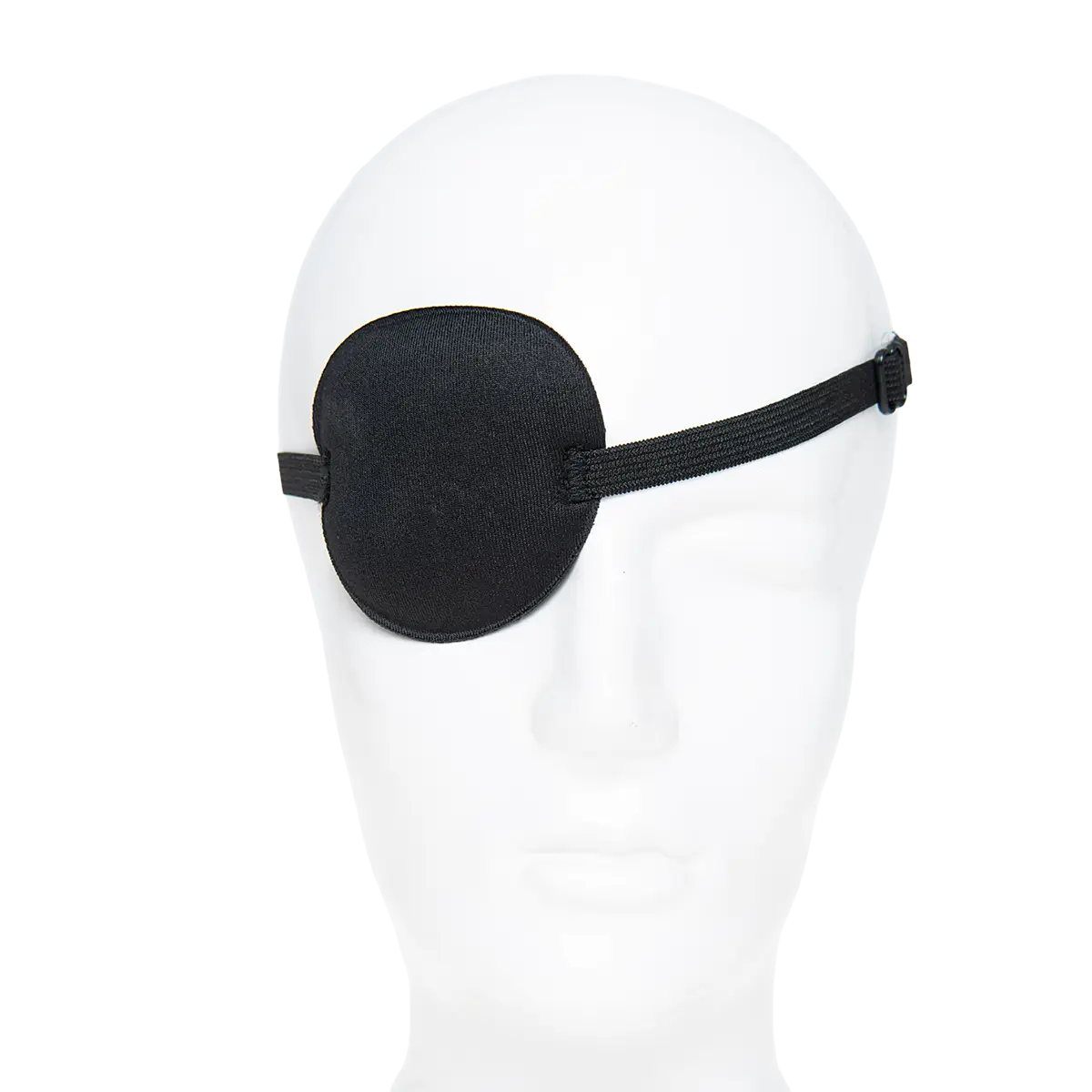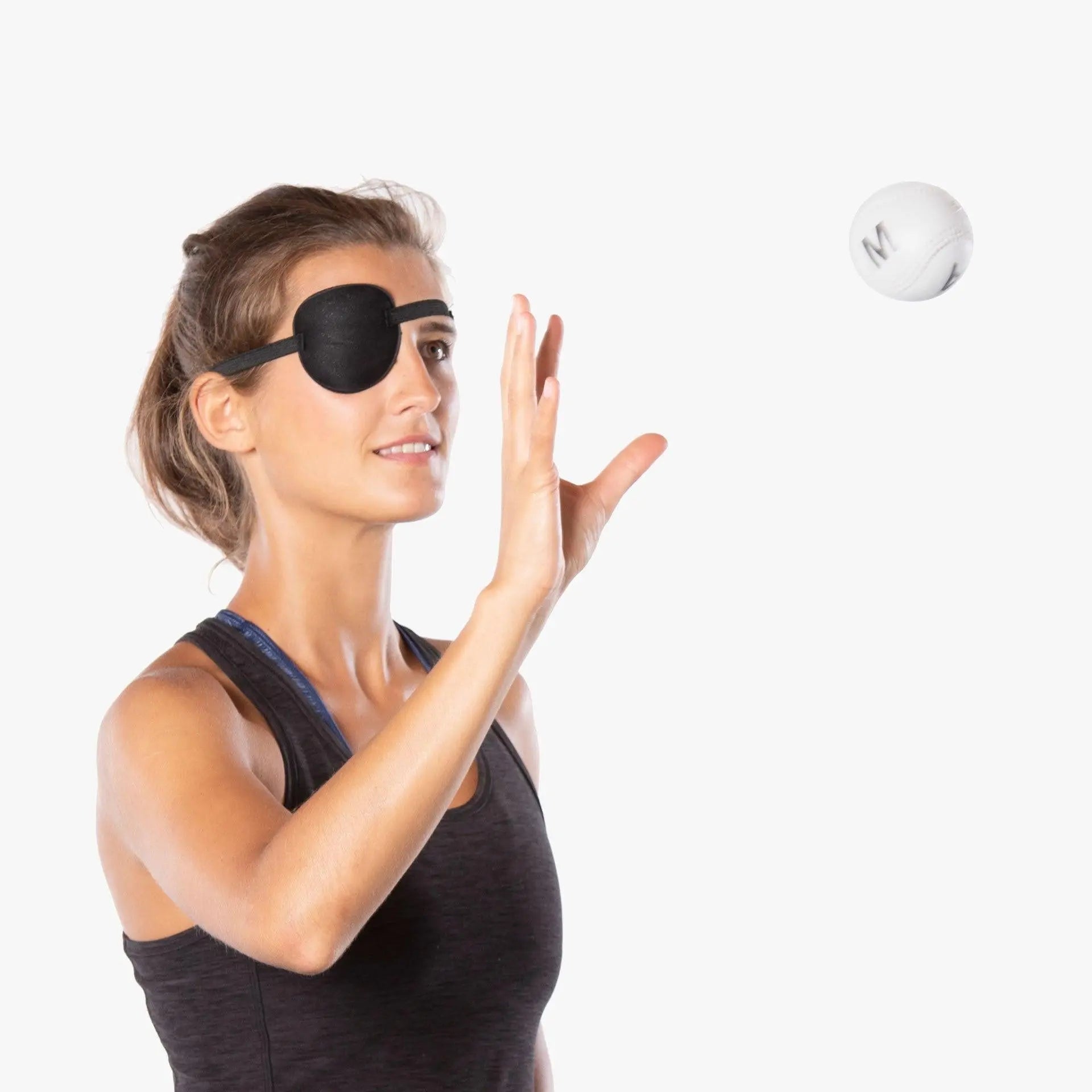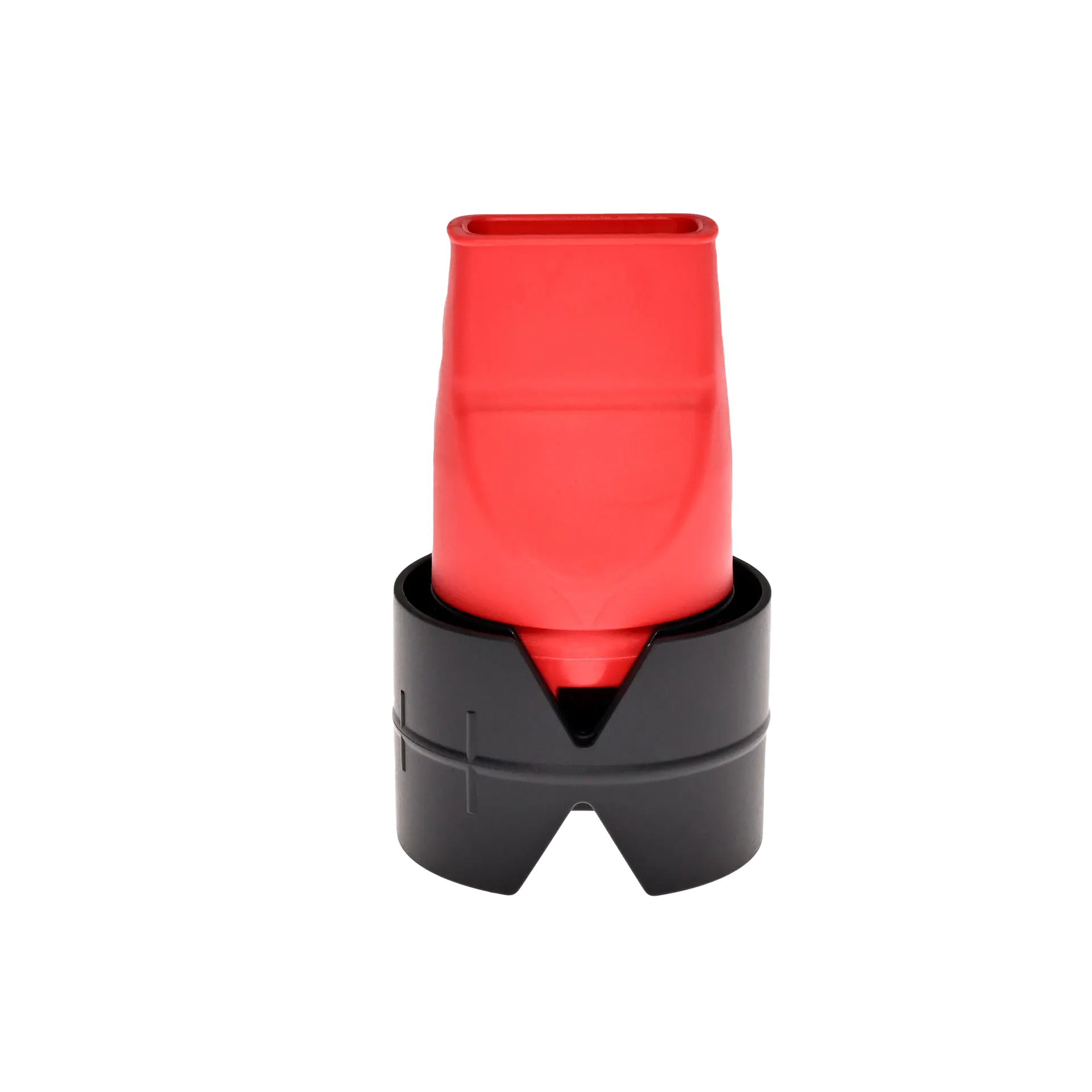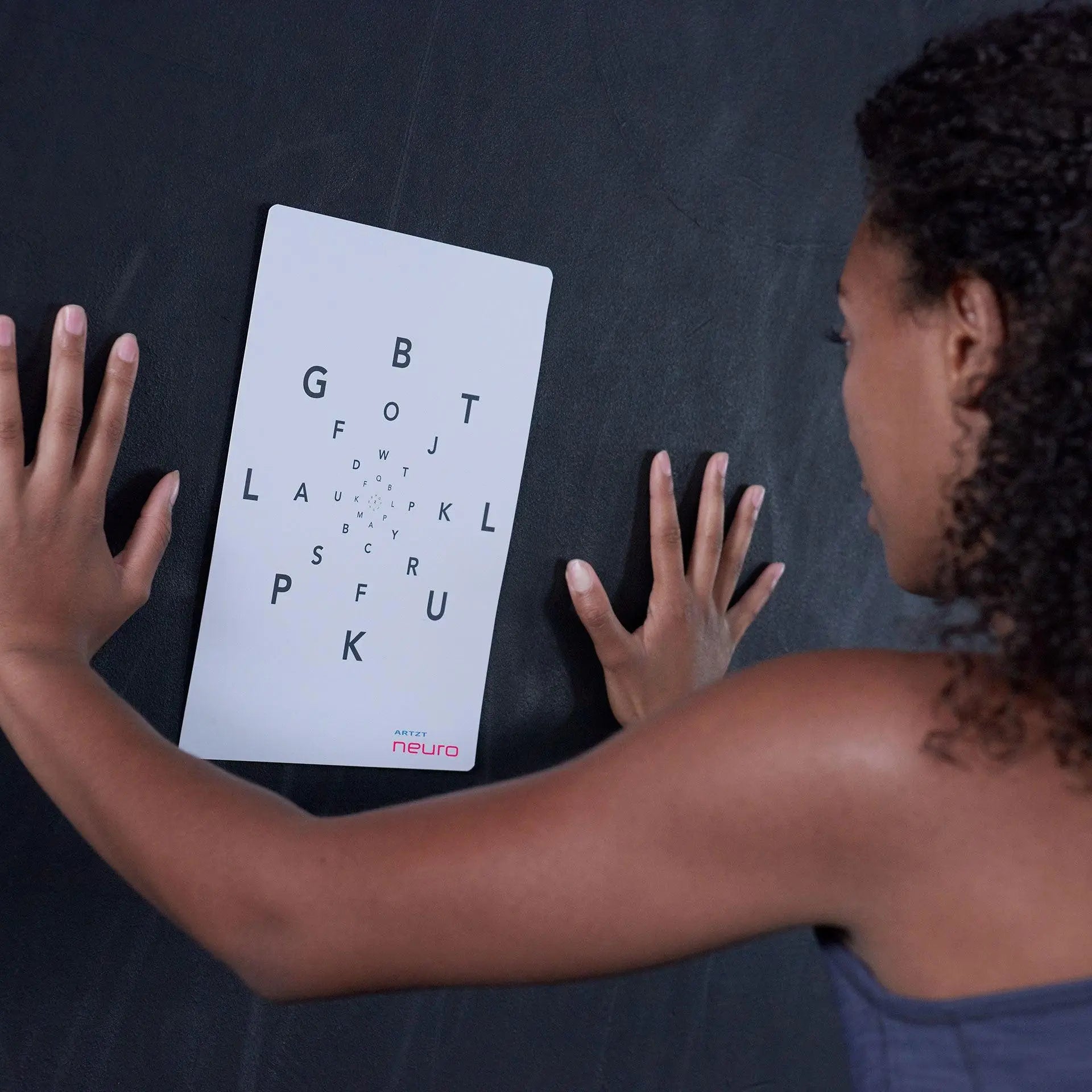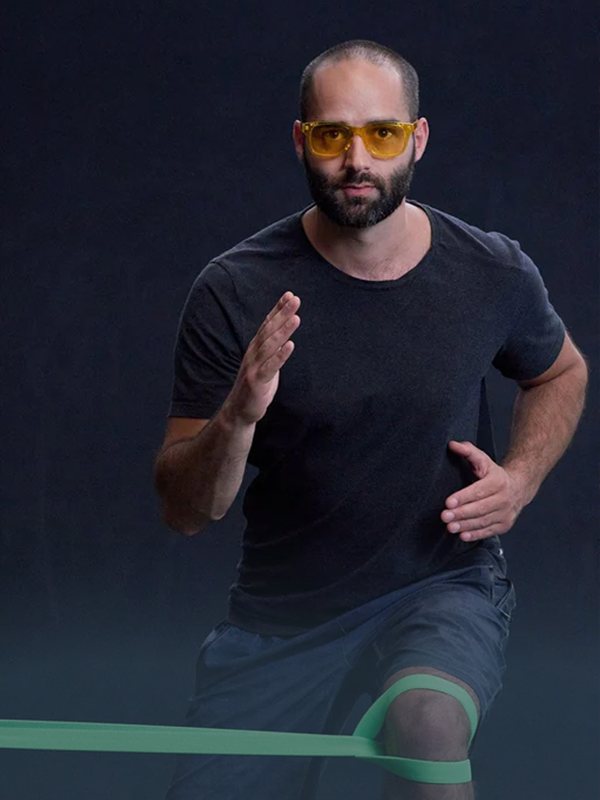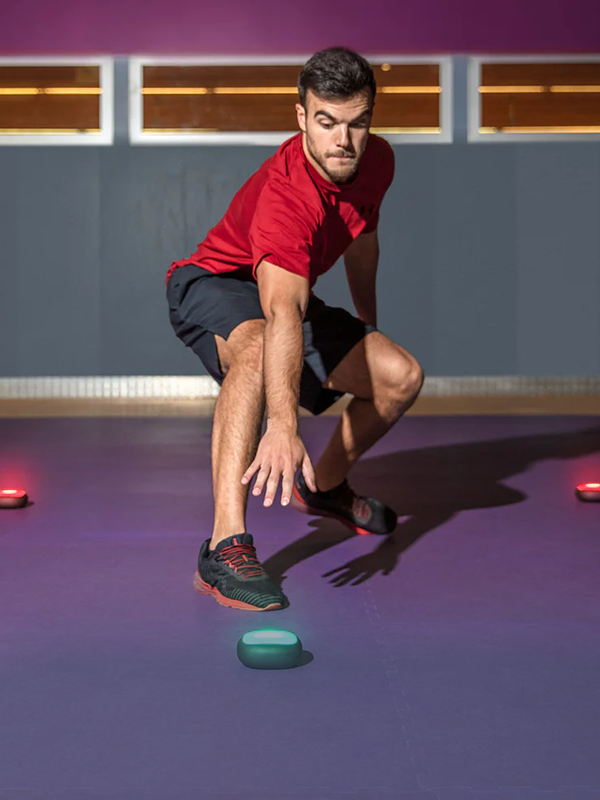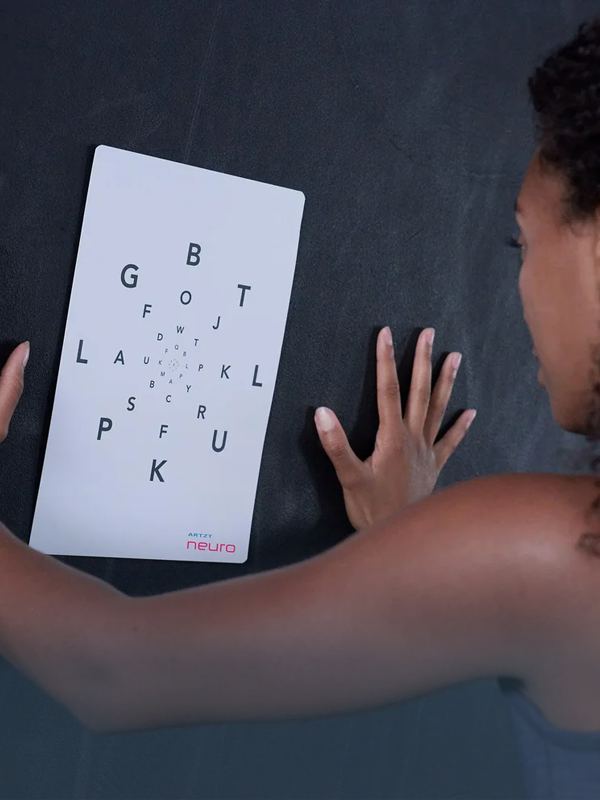Stefanie Kapp is an expert in CMD (craniomandibular dysfunction), a painful functional impairment between the jaw and skull. For years she has been studying the causes of CMD, which also includes teeth grinding or clenching in stressed and busy professionals. In the interview, Stefanie tells us what you can do about this annoying habit and how neurotraining helps.
Stefanie, you are a physiotherapist and specialize in CMD. What does this mean and what complaints do your patients come to you with?
In craniomandibular dysfunction, the relationship between the jaw and the skull is disrupted. Jaw joint misalignment and an incorrect bite position can cause a variety of symptoms throughout the body. The symptoms are very complex and can affect all joints and muscles. For example, my patients come to me with jaw clicking, teeth grinding or clenching and the resulting pain and tension in the jaw and neck area, as well as dizziness, tinnitus and difficulty swallowing.
You also mentioned teeth grinding as a complaint. Why do people grind their teeth and what are the consequences for their health?
Approximately one in three Germans grinds their teeth and only very few people know about it at the beginning. After a certain period of time, the persistent mechanical stress leads to tooth abrasion or gum recession, which often results in periodontitis. At this point, the dentist will make those affected aware of this, as inflammation in the mouth can spread to the entire organism.
People also notice tension and pain in the jaw and neck area because the muscles are constantly overloaded. Painful areas often develop. Crunching and clenching can also worsen other symptoms such as headaches, facial pain and back pain.
What do you recommend to your teeth grinding patients?
Despite existing symptoms, many people do not realize that they have been grinding and clenching for years. Before a habit can be changed, reflection is paramount. Noticing how often, when and why you crunch and press is the basis.
It is then important to change this habit specifically and several times a day in order to create lasting relaxation. The most important homework is to hold the tongue relaxed against the roof of the mouth, keep the teeth apart, consciously relax the chewing muscles and straighten up.
You also did a podcast on this topic “Stop clenching your teeth with a new method”. What method is this about?
The methodology is the qualitative analysis of the causes. We attach great importance to working out with each individual affected why the straining occurs. For years it was assumed that the position of the teeth was the cause and that is why splint therapy was developed. However, most “pressers” have no abnormalities in their bite and do not benefit from splint therapy - on the contrary, it sometimes worsens the pain and tension in the jaw, head and neck area. That's why we focus on researching the causes and this is a little different for everyone.
You also work with neurocentric training for jaw problems. Can you briefly explain to us what kind of training method this is?
In neurocentric training, the focus is on training the functions of the brain and nervous system. These structures receive information from the body and the environment, must analyze it, integrate it and send a response. Ideally, the answer is well-being, performance, concentration, etc. If the information is sent to the brain in poor quality, it decides to switch to the fundamental task of protection and now sends muscular tension, pain, loss of performance and other physical symptoms in response.
In neurocentric training in my specialist area, the information from the joints, muscles, nerves, soft tissues, teeth and sensory organs in the jaw area are processed so that our brain is able to ensure well-being again,
Which neuro-exercises do you give your patients? Briefly introduce us to an exercise .
I rarely focus on a single exercise, because everyone reacts to a different stimulus. However, one exercise is always the focus for me: tongue circling . Our tongue is essential for a physiological swallowing pattern, our breathing volume and for stability of the jaw and cervical spine.
To do the exercise, place your tongue between your cheek and your upper teeth. Then start circling your tongue from right to left with light pressure on your teeth. With each round you should try to touch the molars further back. The jaw remains still and stable in place.
Are there any useful small devices that can support patients with daily exercises?
I work with many small everyday helpers such as cotton swabs, toothpicks, towels and fitness bands. I can also recommend the Z-Vibe, because it can be used to perceive and sensitize the receptors in the mouth and jaw area. Many patients feel completely relaxed after use. To do this, I place the Z-Vibe on the back of the tongue, for example, and thus stimulate the 10th cranial nerve, the vagus nerve. This has sensitive fibers and transmits information directly to the brain. This can significantly increase perception and thus improve function, because additional perception makes the activity easier. The nice thing about Z-Vibe is that it can be used either by me as a therapist or by the patient themselves.
I also use the SoundVibe for stimulation. This can be used to activate the vestibular system by transmitting vibration signals directly into the inner ear via bone sound. Since the jaw joint is connected to the inner ear through tissue, nerves and muscles, it can be relaxed through therapy with the SoundVibe.
About Stefanie Knapp
Stefanie Kapp is a physiotherapist, Crafta therapist and Z-Health coach. She specializes in caring for patients with problems in the jaw, head and neck areas.



